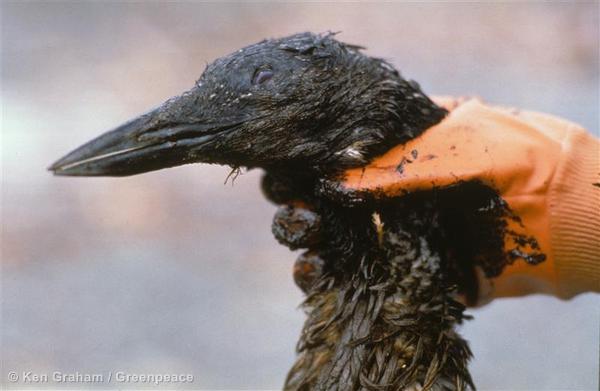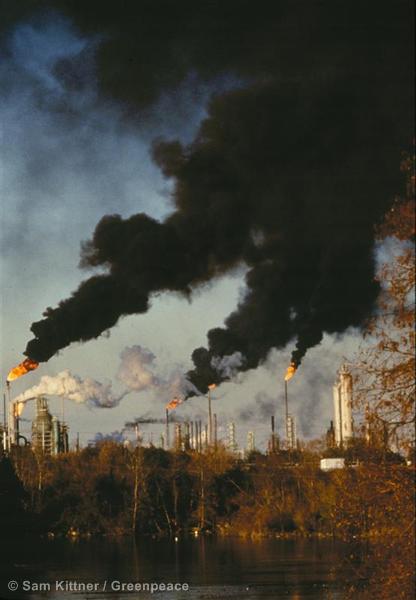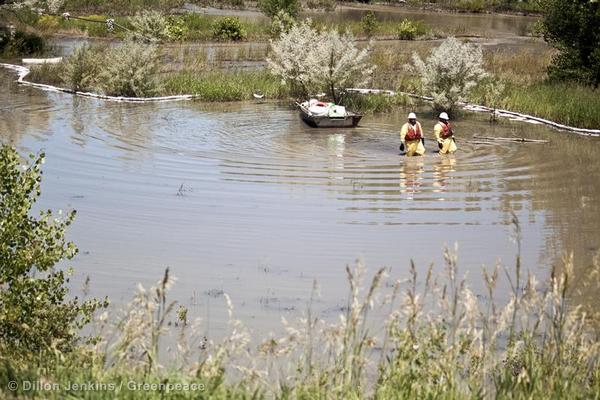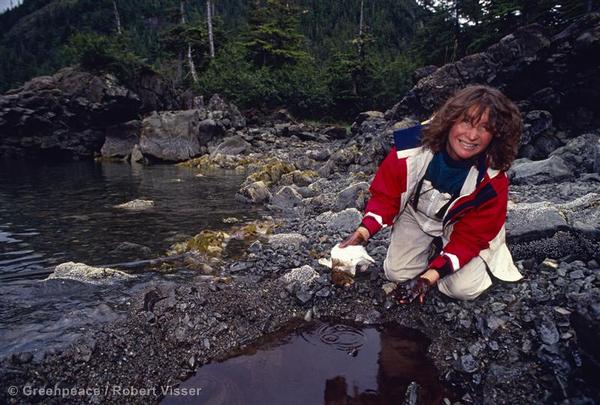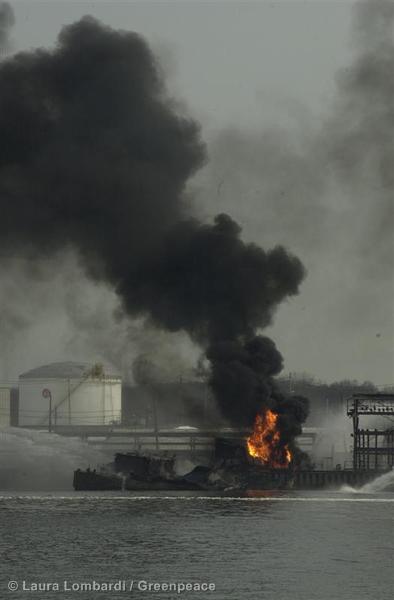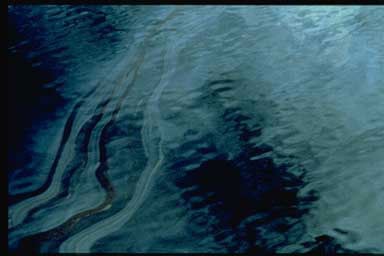After the March 29 Exxon pipeline spill in Arkansas, the state’s attorney general announced Tuesday that it would launch an investigation of the spill and its impacts. We’ve collected photos from our archive from past Exxon spills-a grim reminder that spills happen far too often.
Based on a law more than 30 years old, Exxon is not required to pay into the federal oil spill response fund since their pipeline was carrying crude from the tar sands in Alberta, Canada. The tar sands is diluted bitumen and technically not classified as oil so companies transporting it in pipelines do not have to pay into the federal Oil Spill Liability Trust Fund.
This leaves us wondering who would pay for a certain Keystone pipeline spill?
Take action now and sayNo to Keystone.
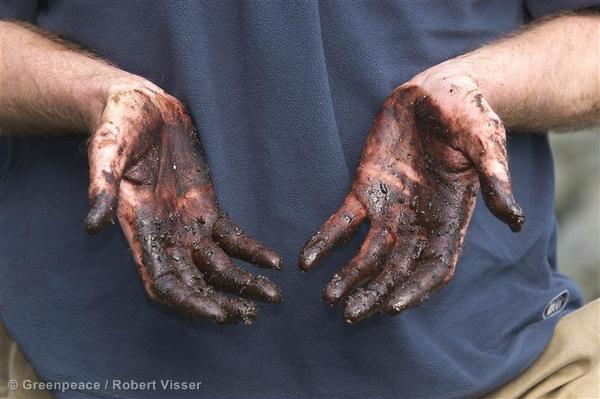
15 years after Exxon Valdez spill, oil on the hands of Dr. Rick Steiner, Marine Biologist, University of Alaska
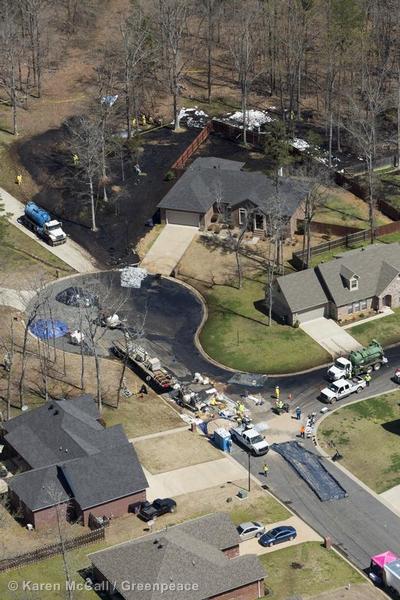
Workers surround houses in Mayflower, Arkansas, in an attempt to clean up a March 2013 oil spill from Exxon’s Pegasus pipeline
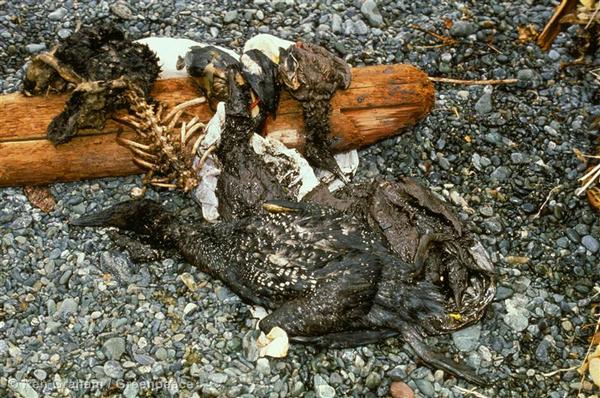
Dead otter, loon, and other crude-oil covered animals decompose on the shore after the Exxon Valdez oil spill disaster.
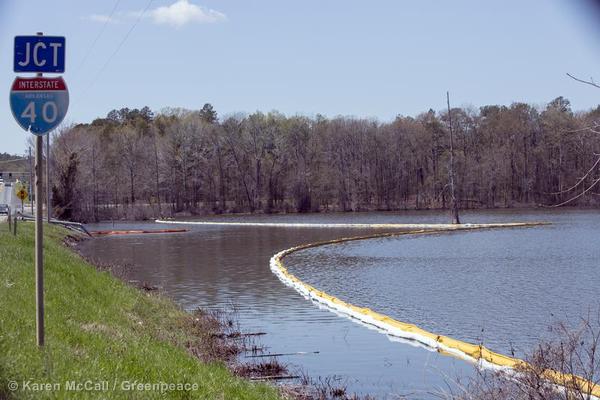
Oil booms are visible in the water alongside Interstate 40 near Mayflower, Arkansas after the Pegasus pipeline spill on March 29, 2013

